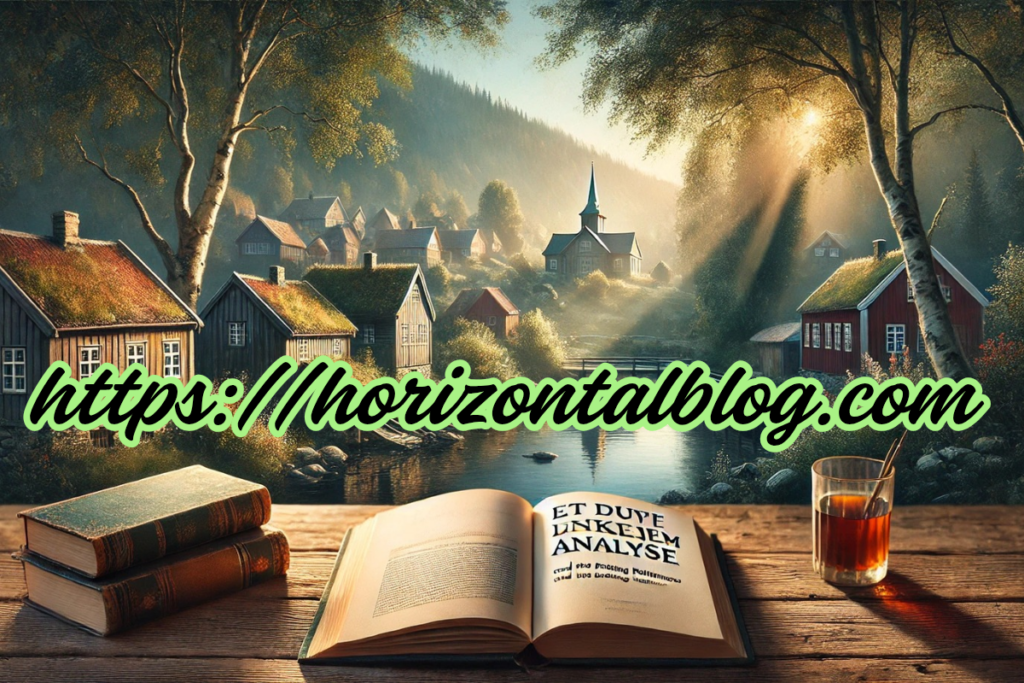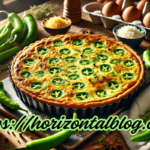Overview
Henrik Ibsen’s Et Dukkehjem Analyse , known in English as “A Doll’s House”, is a pivotal work in the realm of modern drama that sparked discussions on gender roles and societal expectations. This article delves deep into the play’s intricate narrative, exploring its themes, characters, and the societal implications that continue to resonate today. Whether you’re a student, educator, or literature enthusiast, this analysis aims to provide comprehensive insights that enhance your understanding and appreciation of the play.
Context and Background of Et Dukkehjem
Historical Setting and Ibsen’s Inspirations
Et Dukkehjem was written in 1879, a time when the literary world dominated by romanticism. Ibsen, however, introduced realism, focusing on everyday problems and societal issues. This section explores the historical context of the play and the personal experiences of Ibsen that influenced its creation.
Overview of the Plot
This section provides a detailed synopsis of the play, outlining the major events that lead to the protagonist Nora Helmer’s dramatic decision to leave .
Character Analysis
Nora Helmer – The Protagonist’s Evolution
An in-depth look at Nora, the central character of the play, examining transformation from a woman. This analysis discusses how Nora’s journey challenges traditional roles assigned to women in society.
Torvald Helmer – Authority and Patriarchy
Explore the character of Torvald Helmer, Nora’s husband, who embodies the patriarchal and authoritative societal norms of the 19th century. This section analyzes how Torvald’s attitudes towards Nora and his obsession with control and appearance trigger the climax of the play.
Major Themes and Symbols
The Role of Money and Power
Money and power play significant roles in Et Dukkehjem, influencing relationships and societal standing. This analysis examines how economic conditions and the pursuit of wealth dictate the dynamics between characters, and how power shifts in the Helmer household mirror changes in Nora’s character.
The Symbolism of the Doll House
The doll house a critical symbol in the play, representing Nora’s life as something beautiful but ultimately artificial and confining. This section dives into how Ibsen uses the doll house to critique the superficiality imposed by society on individual identity and freedom.
Critical Reception and Impact
Initial Public and Critical Reaction
When Et Dukkehjem was first performed, it was met controversy and mixed reviews due to its unconventional ending. This part discusses how the play was received in different cultures and how interpretations have evolved over time.
Et Dukkehjem in Modern Times
This section explores the relevance of Et Dukkehjem in contemporary society. Despite being written over a century ago, the themes of individual freedom and gender equality remain pertinent today. Discussions include modern adaptations and the play’s influence on literature and society.
Conclusion
Henrik Ibsen’s Et Dukkehjem Analyse remains a powerful work that challenges the norms and expectations of its time and continues to provoke thought and discussion today. This analysis has covered the key aspects of the play, offering insights that not only enhance comprehension but also highlight its lasting impact on world literature.
FAQs
Q1.What is the main message of “Et Dukkehjem”?
The main message revolves around the need for personal freedom and the critique of societal norms that limit individual growth and happiness, especially for women.
Q2.Why does Nora leave her family at the end of the play?
Nora leaves to find her own identity, free from the constraints of her marriage and societal expectations, which she feels have prevented.
Q3.How does “Et Dukkehjem” relate to modern audiences?
Modern audiences relate to the play’s themes of self-discovery, the quest for equality and the critique of societal norms, which still relevant.



